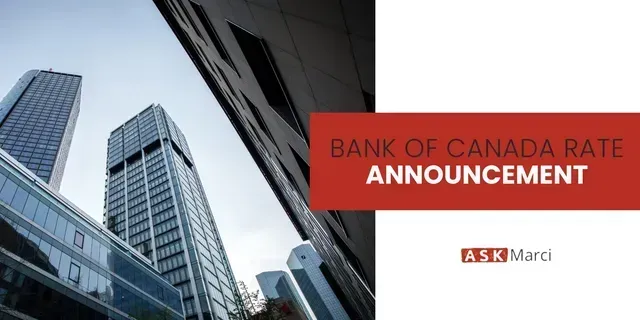Mortgages 101: Understanding the Differences Between ‘Open’ and ‘Closed’ Mortgages
If you’re planning to buy a home this year, you’re probably already investigating mortgages and the different options available to you. The reality is that for many families, home ownership is simply out of reach without taking on a mortgage. Mortgages come in a variety of forms, and it’s important to understand how they differ. ‘Open’ and ‘closed’ mortgages are two options you’ll often encounter when seeking funds to buy your home. Here’s what you need to know about these two different mortgage types, and what they mean for your financial future.
Open Versus Closed: Pay Periods and Penalties
The main difference between open and closed mortgages is that open mortgages allow early repayment, while closed mortgages do not. Every mortgage has a set repayment period that dictates what your payment schedule will be and when you will have paid your debt in full. A closed mortgage has a set repayment term, and full repayment of your mortgage prior to the end of this term will result in a penalty fee. In contrast, open mortgages offer repayment terms ranging from six months to several years, meaning you can repay your mortgage at your discretion without incurring penalties.
There is, though, one exception to the payment penalties for closed mortgages. Although you may not repay a closed mortgage in full prior to the end of the term, most of he time, you may remit up to 20 percent of the original mortgage amount per year by using a prepayment option. Talk to your mortgage advisor for a full explanation of how prepayment can expedite the mortgage repayment process.
Closed Mortgage Prepayment Penalties
If you decide to refinance or sell the property prior to the closed mortgage maturity date, you will incur a prepayment penalty equal to either three months’ interest or the Interest Rate Differential.
In the former case, three months’ interest is payable in one lump sum, while IRD applies only if current interest rates are below prevailing rates on the date of initial loan disbursement.
IRD is calculated by multiplying the difference between both percentage interest rates by outstanding balance and then by your remaining loan term. Thus, the earlier you repay the greater penalty you will incur in both the above scenarios.
That Pesky Interest: How Your Mortgage Type Changes Your Interest Rate
A typical mortgage will have an interest rate that is either fixed or variable. If your mortgage has a fixed interest rate, you pay a set percent of interest every month for the duration of your mortgage – and this amount never changes. If your mortgage has a variable interest rate, then the amount of interest you pay will fluctuate according to changes in the prime rate.
Regardless of whether your interest rate is fixed or variable, you will pay a different amount of interest for a closed mortgage than for an open mortgage. Open mortgages tend to have higher interest rates than closed mortgages, because in an open mortgage there is a lower probability that you will have the mortgage for the full term.
Open or Closed: Which is the Better Option?
Ultimately, deciding whether to opt for an open or closed mortgage will depend on your own personal needs and your plans for your financial future. If you have a limited income and require a set repayment schedule, a closed mortgage will give you the low interest rate and small monthly payment that you need. If, however, you have a higher amount of cash on hand and you expect to repay your mortgage very soon, an open mortgage will allow you to save a great deal of money in interest that you would have paid over the long term. Just be aware, however, that your interest rate may fluctuate over time – possibly making your monthly payments significantly higher than expected. The main consideration to make in deciding whether an open or closed mortgage is right for you is how long you plan to be paying off your mortgage. If you expect to pay off your mortgage extremely soon, an open mortgage is ideal. Otherwise, a closed mortgage is the safer option. Buying a home is a major purchase, and the mortgage you choose is one that will likely stay with you for most of your life. Open and closed mortgages offer vastly different terms that will appeal to different buyers, and it can be difficult to determine which option is your best bet. For more information about your mortgage options, and to discover which kind of mortgage will best meet your needs, contact our office today.
Share













